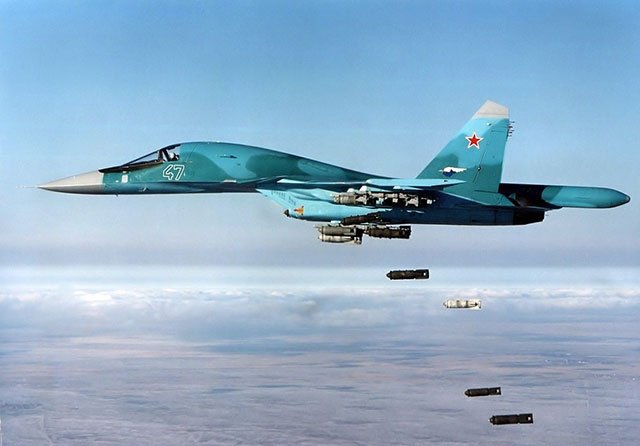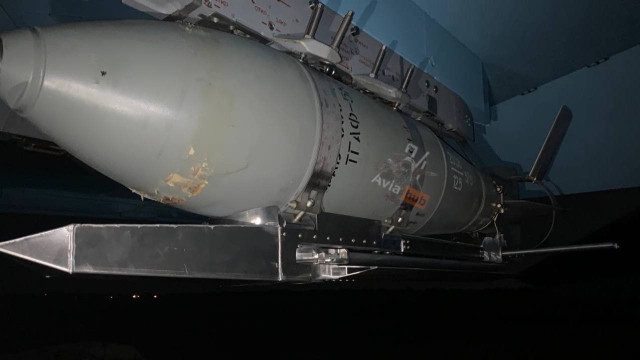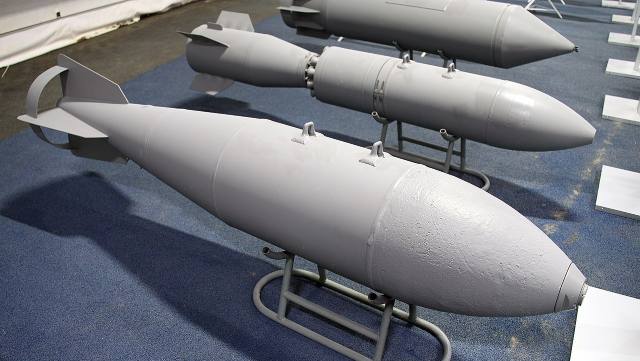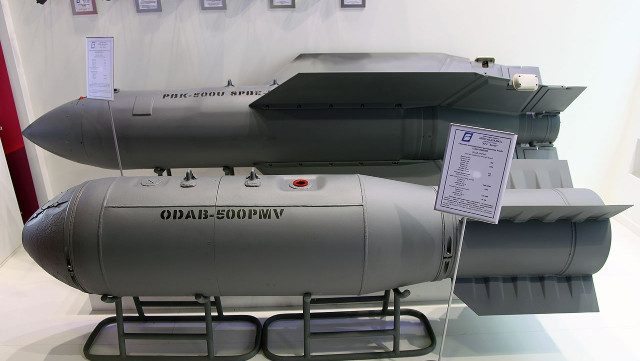𝙍𝙪𝙨𝙨𝙞𝙖𝙣 𝙁𝘼𝘽-500 𝙗𝙤𝙢𝙗 𝙛𝙚𝙡𝙡 𝙖𝙩 10:30𝙖𝙢 𝙗𝙪𝙩 𝙙𝙚𝙩𝙤𝙣𝙖𝙩𝙚𝙙 𝙖𝙩 3:00𝙥𝙢
Ukrainian reports suggest a potential upgrade in the Russian Federation’s bomb planning strategies. Sergey “Flash” Beskrestnov, a highly-regarded Ukrainian specialist, pointed out an instance where a FAB-500, outfitted with a UMPK kit, was dropped around 10:30 but did not detonate until approximately 15:00, a delay of roughly 5 hours. In a post on his Telegram channel, Beskrestnov advised, “Crew members should exercise caution around inactive KABs for the next two days.” 
The Russian Federation is known to modify its aviation high-explosive bombs with UMPK kits. These kits can transform traditional bombs into gliders, self-destructors, or delayed-action detonators that only activate upon surface contact after a specified amount of time. This approach can potentially make an unexploded bomb from the enemy a significant risk.
The UMPK, or Unified Gliding and Correction Module, is a sophisticated piece of technology crafted to enhance the potency of traditional bombs. This modular device can be integrated into different types of bombs, transforming them into precision-guided weaponry.
 Photo credit: Telegram
Photo credit: Telegram
Comprised of a set of wings, a management system, and a GPS receiver, the UMPK module is a game-changer. The wings allow the bomb to glide substantially further than traditional bombs, allowing safe-distance drops that minimize risk to the aircraft and crew.
The integration of the control system with the GPS receiver ensures accurate targeting. The real-time location data offered by the GPS allows the control system to make necessary adjustments to the bomb’s trajectory, thereby guaranteeing high-precision strikes.
Thanks to the UMPK, a standard bomb is transformed into a ‘smart bomb.’ Equipped with a UMPK, the bomb does not simply fall after being dropped. Instead, it glides towards its target, calibrating its path based on factors like wind and target movements. This significantly increases the accuracy and effectiveness of the bomb, while reducing the risk of collateral damage.
 Photo by VitalyKuzmin
Photo by VitalyKuzmin
Local specialists suggest this addition of self-destruction mechanisms could be due to certain UMPKs failing to detonate, potentially due to soft soil contact. It is important to note that all bombs of this type have the capacity for two detonators, one at the nose and the other at the tail.
The potential for implementing self-destruction mechanisms in high-explosive aviation bombs, alongside a standard contact detonator, is a dangerous innovation from the Russian army. This not only increases their destructive potential, but also complicates the process of defusing such bombs.
The FAB-500, a staple in the arsenal of the Russian Air Force, is a widely deployed bomb intended to wreak maximum havoc on surface-level targets. Short for ‘Fugasnaya Aviatsionnaya Bomba’ or ‘High-Explosive Aviation Bomb,’ the FAB-500 demonstrates the relentless power of Russian military strategy.
Engineered from high-grade military steel known for its invincibility, toughness, and resilience in the face of harsh conditions, the FAB-500 showcases quality and durability. Upon detonation, the steel casing fragments, spawning lethal shrapnel that contributes to the fallout.
The FAB-500’s warhead is predominantly loaded with TGAF-5, a variant of trinitrotoluene [TNT]. This volatile compound offers stability in handling during production and deployment, while simultaneously promising a high degree of destruction upon detonation. A typical FAB-500 bomb carries around 380 kilograms [837 pounds] of TNT, qualifying it as a potent threat in air combat scenarios.
Annotations from Western experts indicate that Russia’s air force has substantially enhanced its potency in the war with Ukraine, thanks to the improved deployment of “glide bombs”. Ukraine’s refusal to grant Russian air supremacy, supported by the country’s air defenses and aircraft, confronts a formidable challenge with these bombs that can strike from a greater range.
 YouTube video screenshot
YouTube video screenshot
“Unfortunately, the destructive capacity of these bombs is alarmingly high,” warns Dmytro Lykhovii, a military spokesman from eastern Ukraine. He further explained that these bombs obliterate houses and other structures effectively, making them useful for defensive fortifications. Ukrainian forces also utilize guided bombs, including the American-made Joint Direct Attack Munition [JDAM]. However, despite its superior accuracy, its availability is limited.
Last month, the effectiveness of Russian glide bombs was evident in Avdiivka where they were instrumental in the city’s capture, reducing it to grim, bombed wreckage.
During the battle, Maksym Zhorin, a member of Ukraine’s 3rd Separate Assault Brigade, recounted how 60 to 80 glide bombs rained down on them daily. “All buildings and structures simply turn into a pit after the arrival of just one,” he shared on the social media platform, Telegram.
 Photo by Vitaly V. Kuzmin
Photo by Vitaly V. Kuzmin
As per Konrad Muzyka, the director of Rochan defense consultancy based in Poland, there has been a significant surge in Russian airstrikes on Ukrainian positions since mid-December. The majority of these strikes utilized glide bombs. This increase in bombardment was confirmed by an anonymous military blogger who noted a rise in the use of aerial bombs on Ukrainian positions, especially around Avdiivka.
This constant bombardment is making survival increasingly difficult for the Ukrainian Armed Forces and is leading to significant losses in manpower and territory, as noted by the military blogger on Telegram.
Mykola Bielieskov, a military analyst at the government-run National Institute for Strategic Studies in Kyiv, concluded, “These munitions are becoming more and more of a problem for the Ukrainians.”